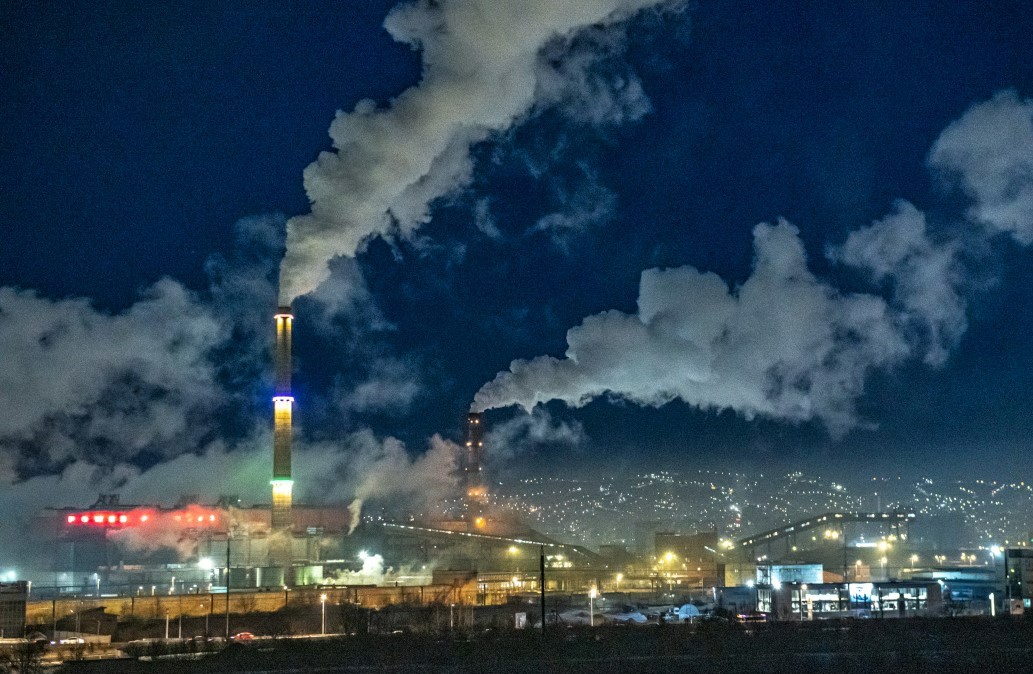The ‘Sentieri’ epidemiological surveillance project has released its sixth report on the state of public health in the most polluted sites in Italy. The latest edition of the initiative of the Istituto Superiore di Sanità (ISS) analyzed 46 environmental emergency sites recognized by the government, the so-called ‘sites of regional or national interest’ to be reclaimed. The picture that emerged, in line with previous reports, is not the most reassuring. Firstly because these sites are inhabited overall by over 6.2 million people, or about 10% of the Italian population. In essence, it emerged that living within the confines of these particularly polluted areas means having a 2% greater risk of dying from the disease, mostly malignant tumors, and a risk of hospitalization greater than 3%. The evaluation examined the adult, juvenile and pediatric population and analyzed how much the recorded epidemiological data differed from the average of the Region in which each site is located.
Among the sites considered, there is the city of Taranto notoriously contaminated by the largest steel mill in Europe, the port area of Livorno, the valley of the river Sacco between the provinces of Rome and Frosinone, as well as some areas of the city of Brescia , those in which the former Caffaro industrial plant is located e that have been waiting for a cleanup for more than two decades. In the major islands there is also the Sicilian town of Gela, polluted by petrochemical industries, and, in Sardinia, the urban area of Porto Torres. In these and all the other particularly critical sites, the researchers coordinated by the ISS collected and analyzed data relating to mortality, hospital admissions, the incidence of tumors and congenital anomalies in the period between 2014 and 2018. Particularly investigated from the research group were then the so-called pathologies of interest ‘a priori’, i.e. those for which there is already scientific evidence on the potential correlation with the sources of contamination present at each site. «This approach – explained Amerigo Zona, scientific director of Sentieri, on the occasion of the day of presentation of the document – makes it possible to reduce false positives and recognize the signs of a causal, or co-causal, relationship of the various sources of contamination in determining the excesses of mortality and disease that we have observed.
Overall, it was found that the most frequent excess mortality is related to malignant tumors of the lung – mesothelioma of the pleura – bladder tumors, respiratory diseases and other malignancies. However, the authors of the report point out, this publication, unlike the previous two, could not be used the contribution of the Italian Association of Cancer Registries, in part, due to the constraints imposed by having to comply with the new rules on the protection of personal data of the European Union. In any case, the picture that has emerged is rather exhaustive, as well as alarming. In the document, in fact, there are even specific cards for each of the 46 sites to be reclaimed, areas with the most varied industrial vocations often responsible for multiple pollutant exposures for the population. Finally, the report focused on the concept of environmental justice, from the moment in which the extent of pollution and, consequently, the impact on the population, it was not the same along the Boot. By superimposing the data on environmental exposure, on the health status of the inhabitants and on socio-economic deprivation, for example – the text reads – “a gradient of distributive injustice on the North-South axis was observed, with worse conditions in South and in the islands where the communities exposed to processes of contamination present conditions of socio-economic deprivation”.
[di Simone Valeri]
